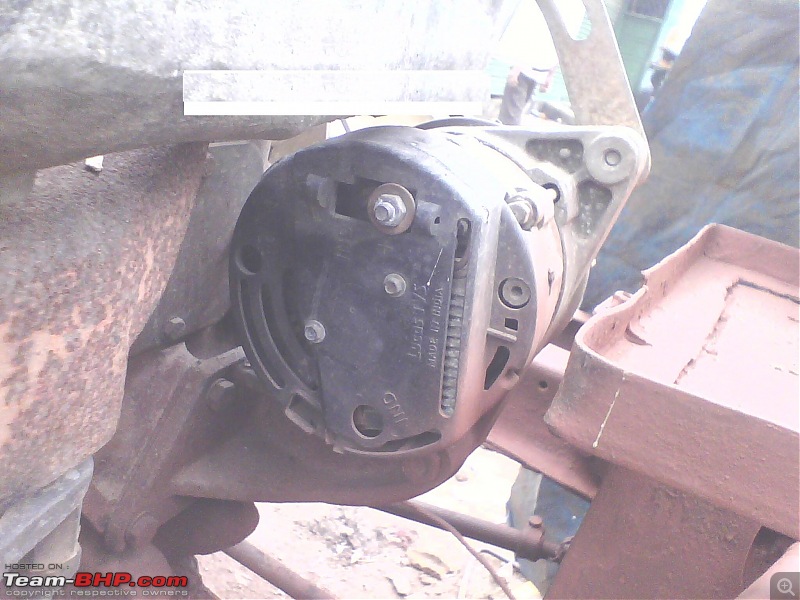| | #1 |
| Senior - BHPian | |
| |
| |
| | #2 |
| BANNED | |
| |
| | #3 |
| Senior - BHPian | |
| |
| | #4 |
| Senior - BHPian | |
| |
| | #5 |
| Senior - BHPian Join Date: Jul 2009 Location: Calcutta
Posts: 4,668
Thanked: 6,217 Times
| |
| |
| | #6 |
| Team-BHP Support  Join Date: May 2004 Location: Bangalore
Posts: 20,215
Thanked: 15,907 Times
| |
| |
| | #7 |
| BHPian Join Date: Mar 2010 Location: Mumbai
Posts: 138
Thanked: 58 Times
| |
| |
| | #8 |
| Senior - BHPian | |
| |  (1)
Thanks (1)
Thanks
|
| | #9 |
| Senior - BHPian | |
| |
| | #10 |
| Senior - BHPian | |
| |  (1)
Thanks (1)
Thanks
|
| | #11 |
| Senior - BHPian | |
| |
| |
| | #12 |
| Senior - BHPian Join Date: Jul 2009 Location: Calcutta
Posts: 4,668
Thanked: 6,217 Times
| |
| |
| | #13 |
| BANNED | |
| |
| | #14 |
| Senior - BHPian | |
| |
| | #15 |
| Senior - BHPian Join Date: Jul 2009 Location: Calcutta
Posts: 4,668
Thanked: 6,217 Times
| |
| |
 |
Most Viewed








